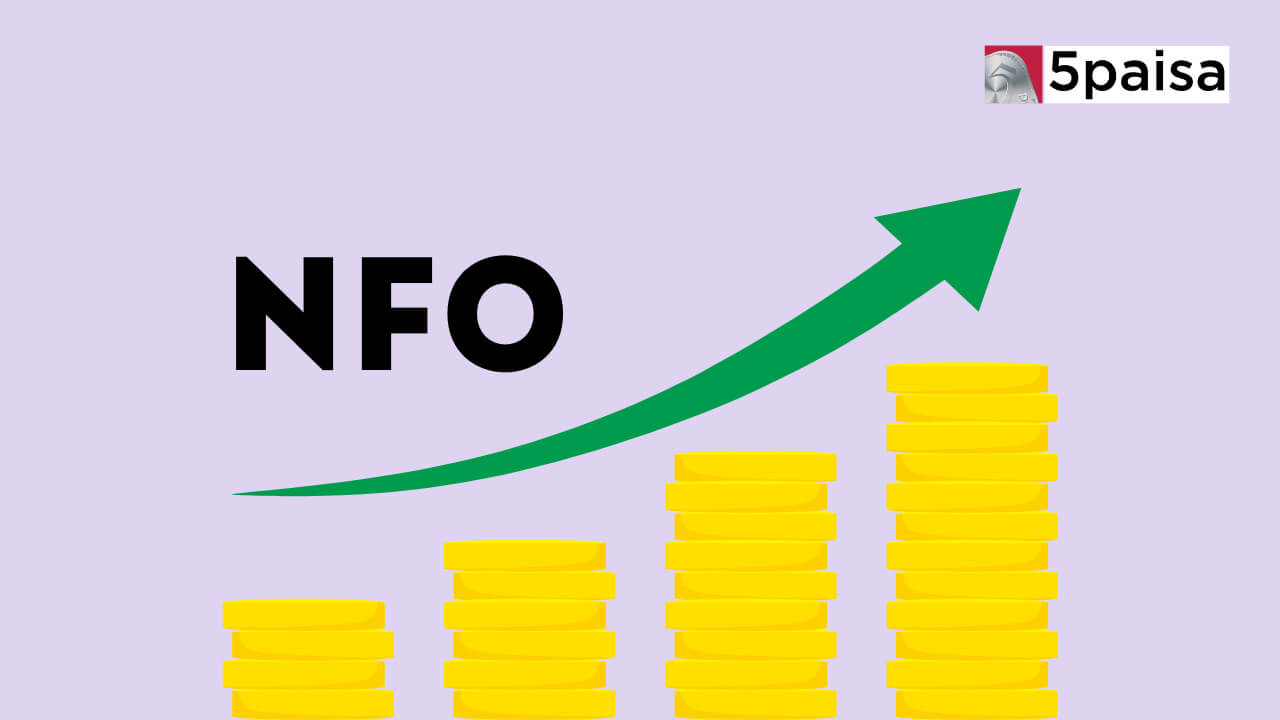Are leveraged ETFs worth the risk?

Last Updated: 5th September 2023 - 05:36 pm
Since their inception about 15 years ago, leveraged exchange-traded funds (ETFs) have garnered significant attention in the investment world. With the use of derivatives and debt instruments, these instruments of finance offer investors the opportunity to magnify their returns. In this blog, we'll dig deep into what leveraged ETFs are, explore their pros and cons, and provide valuable insights to consider before investing in them.
What are leveraged ETFs?
An ETF is essentially a collection of securities that trade on stock exchanges, replicating the performance of a specific benchmark index or asset class. For example, a pharmaceutical ETF comprises stocks of pharmaceutical companies.
By using financial derivatives, leveraged ETFs take this financial instrument one step ahead, consisting of futures, options, swaps, and more, to magnify returns. The vital point is that they seek to provide multiples of the benchmark's daily performance. For example, a 2:1 leveraged ETF aims to generate twice the daily returns of its underlying index.
Advantages of Investing in Leveraged ETFs
1. No Need for Margin Borrowing: leveraged ETFs let you gain leveraged exposure without the risk of losing more than your initial investment.
2. High Liquidity: Leveraged ETFs are highly liquid, meaning you can buy or sell them easily.
3. Accessibility: Leveraged ETFs provide retail investors with access to asset classes that are typically challenging to enter, for example, real estate or commodities, with relatively low minimum investments.
4. Magnified Returns: When the underlying index gains, investors in leveraged ETFs can potentially receive returns multiple times higher than their initial investment.
Disadvantages of Investing in Leveraged ETFs
1. High Expense Ratio: Leveraged ETFs are actively managed and involve complex strategies. Thus, they often come with higher management fees.
2. Risk of Significant Loss: While magnified returns are enticing, the flip side is that losses can be equally magnified. If the underlying index experiences a downturn, the leveraged ETF's losses can be substantial.
Things to Consider Before Investing in Leveraged ETFs
1. Portfolio Allocation: Determine how much of your investment portfolio you're willing to allocate to leveraged ETFs.
2. Cost Analysis: Understand all the costs included, even considering administrative fees, management fees, and the overall expense ratio. These fees can eat into your returns, so it's vital to weigh them against potential gains.
3. Familiarity with Indexes: Invest in leveraged ETFs that track sectors or indexes you are familiar with.
4. Performance History: Always know the historical performance of the leveraged ETF you are interested in. It is said that past performance doesn't guarantee future results, but it can provide key insights into the fund's behaviour.
5. Objectives of the ETF: Understand the fund's objectives by referring to its prospectus. Different leveraged ETFs may have varying strategies.
Conclusion
Investing in leveraged ETFs can be a lucrative strategy for those with a high-risk appetite and a deep understanding of the market trends they wish to exploit. However, it's crucial to remember that the allure of amplified returns comes with an equally heightened level of risk. It's essential to conduct thorough research, carefully consider your investment goals and risk tolerance, and be mindful of the associated costs when venturing into the world of leveraged ETFs.
While leveraged ETFs are not yet permitted in India, they are widely available in global markets, offering opportunities for traders and investors worldwide to explore this unique investment option.
- 0% Commission*
- Upcoming NFOs
- 4000+ Schemes
- Start SIP with Ease
Trending on 5paisa
Mutual Funds and ETFs Related Articles
Disclaimer: Investment in securities market are subject to market risks, read all the related documents carefully before investing. For detailed disclaimer please Click here.
 5paisa Research Team
5paisa Research Team
 Sachin Gupta
Sachin Gupta




